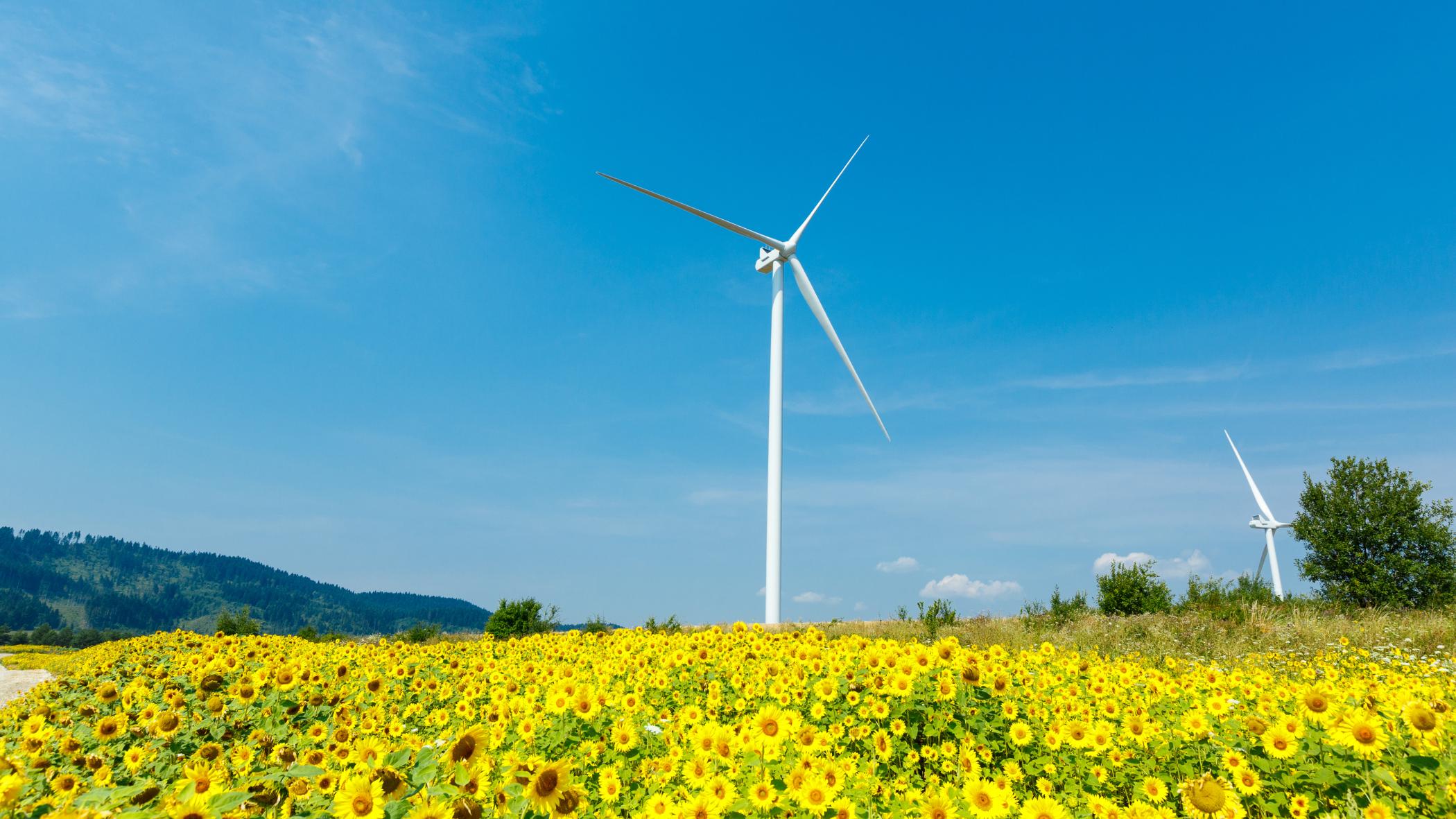Ukraine can be a climate leader without sacrificing economic performance, and this is how

Anastasiia Zagoruichyk, 2022-23 MSc student and Ukrainian Graduate scholar
Sometimes, when discussing sustainability on the Oxford Smith School MSc, conversations on urgently combating climate change sparked a flicker of scepticism. How can we solve a crisis requiring global coordination if just yesterday, a rocket exploded nearby my fathers passing car? Enormous problems appear small compared to what we are living through. But I have reminded myself that this too shall pass and after the ashes, the phoenix, our Ukraine, will be reborn. We will rebuild our country and there’s a way to make it both greener and economically stronger.
Misnomers abound when it comes to the “green transition”. Due to outdated assumptions about high costs, some mistakenly believe that going green means harming your economy.
However, our recent report argues the opposite. In ‘The Green Phoenix Framework: a climate-positive plan for economic recovery in Ukraine’, produced through the Oxford Smith School of Enterprise and the Environment, we consider the economics of a green recovery in Ukraine. We find that greener investments can boost economic growth while decreasing greenhouse gas (GHG) emissions not only help the planet but also help to improve people’s well-being.
In the context of destroyed infrastructure, there is a strong need to rebuild and revitalise key sectors like steel and agriculture, but we could also simultaneously make them greener, unlocking further growth opportunities.
One of my collaborators at the Oxford University Smith School, Dr Brian O’Callaghan, is an expert on green investment, especially in times of economic hardship. He explains the opportunity well: “When it comes to recovery, investing in the emerging future will always pay greater dividends than doubling down on the receding past. Going green means more jobs, stronger growth, and improved wellbeing."
For instance, investment in renewable energy can generate more jobs in the short run when jobs are scarce amidst a constrained economy, also increasing GDP multipliers derived from expanding demand. Seeing as the war has caused 4.8 million Ukrainians to lose their jobs, and one vacancy now has 12 job seekers, it is vital to create working places to secure Ukraine’s human capital. Furthermore, implementing climate-positive policies can address various additional environmental and social challenges, like combating air pollution by providing incentives for electric vehicles (EVs) and addressing social and health inequalities through incentives for energy efficiency that result in lower energy bills.
Ukraine’s prime minister stated that the Ukrainian energy system suffered a temporary loss of 75% of its fossil fuel-based thermal power plant (TPP) capacities due to destruction caused by enemy shelling and occupation. The World Bank estimates that to be prepared for the upcoming winter, Ukraine’s energy system requires funding of $3.4 billion. So, it makes more sense to invest in the realisation of Ukraine’s renewables potential instead of rebuilding the coal TPPs. Ukraine committed to phase-out coal by 2035 anyway. According to other research from Oxford University, ending fossil fuel use by 2050 could save the world at least US$12 trillion. Euronews quotes Professor Doyne Farmer, who led the study, saying that “there is a pervasive misconception that switching to clean, green energy will be painful, costly and mean sacrifices for us all – but that’s just wrong.”
Meanwhile, the international experience of fiscal spending to recover from the Covid-19 economic crisis suggests that countries invest in green initiatives at least partly because they see economic opportunities. Germany’s National Hydrogen Strategy involves a $10.7 billion financial package to boost the economy, create jobs, and promote green energy. Poland allocated $178 million to support electric vehicle production and adoption, thanks to which 21,000 new jobs would be created by 2030.
On the way to a green economy, some decisions do not require scientific breakthroughs and are pretty obvious and doable. For Ukraine’s recovery, that could include:
- Rebuilding the roads with dedicated bus and cycling lanes and ubiquitous charging points for EVs
- During the reconstruction of public buildings, schools or hospitals, install solar panels on their rooftops, using climate-friendly materials and prioritising energy efficiency through insulation or smart meters
- Instead of directing taxpayer funds to gas transmission infrastructure which has to be phased out sooner or later, upgrade our grids to cope with higher demand when everything runs on electricity, rather than locking ourselves into a fossil-fuel based economy.
The aspiration for Ukraine’s sustainable recovery will contribute to its economic integration with European energy markets and green technology production chains, serving as a stepping stone for its EU accession.
By supporting measures like these, Ukraine can become a global “lighthouse” for the world, demonstrating that decoupling economic growth from carbon emissions is possible even in the most extreme of recovery scenarios and that strategic investment in decarbonisation pays off.
